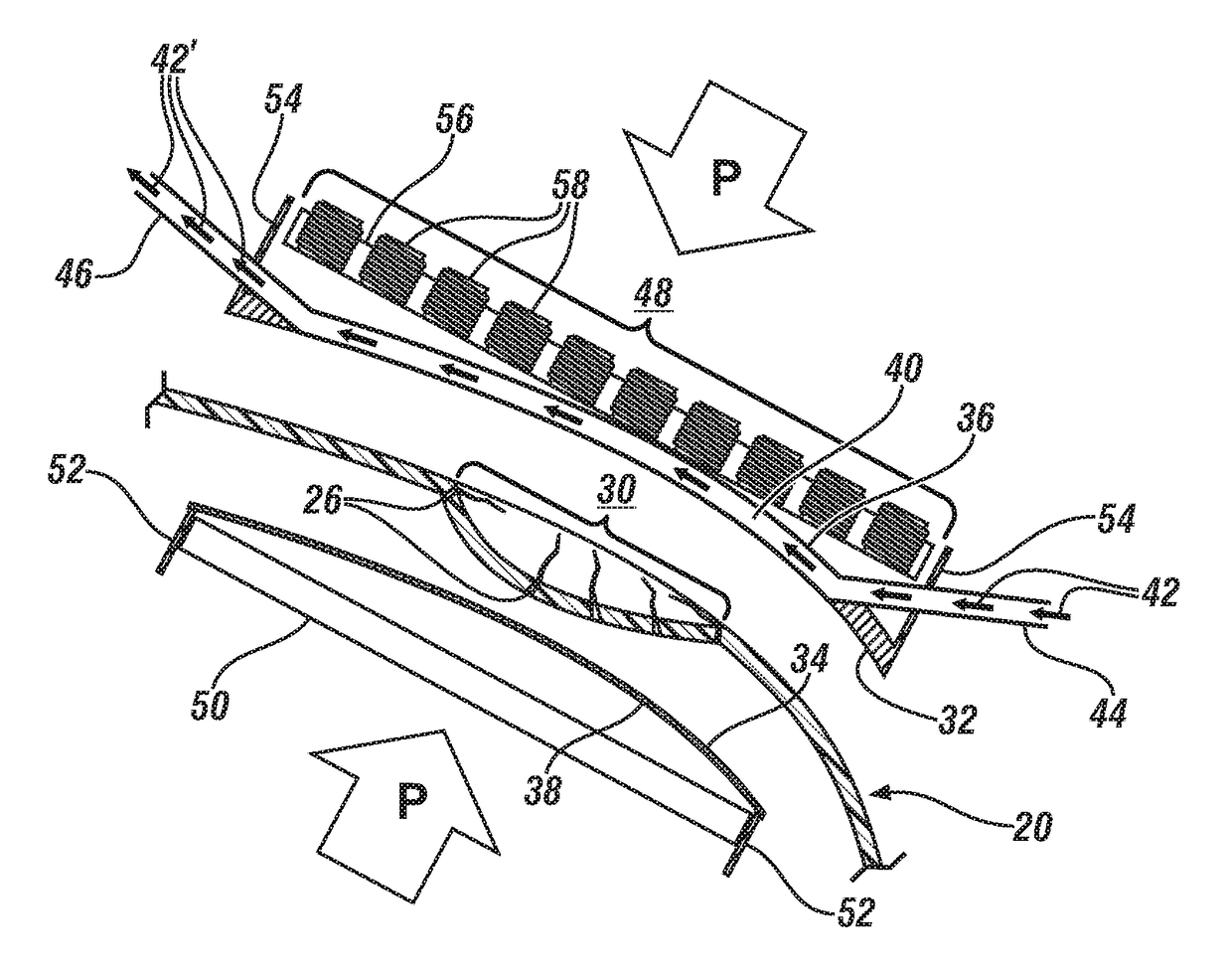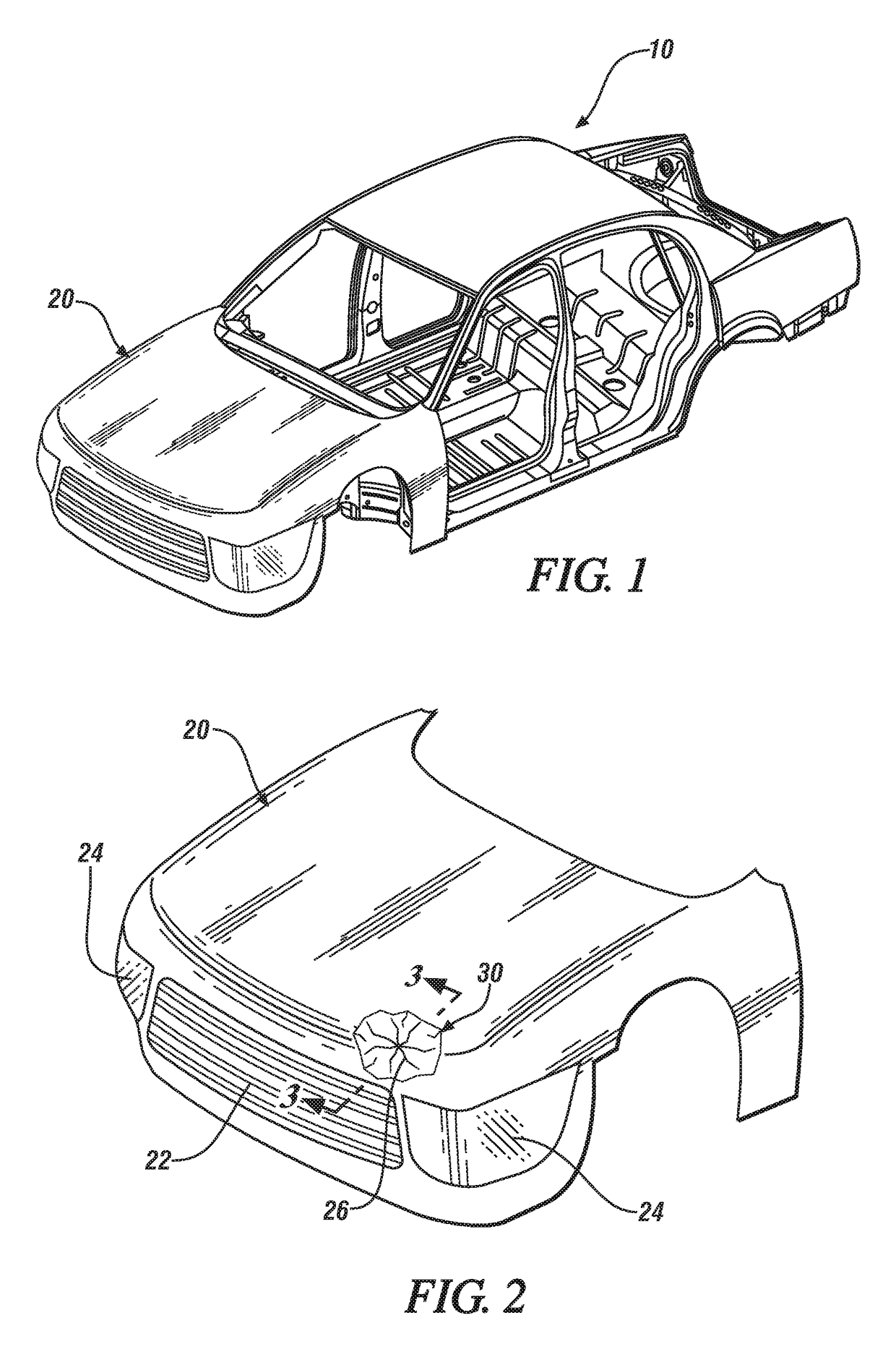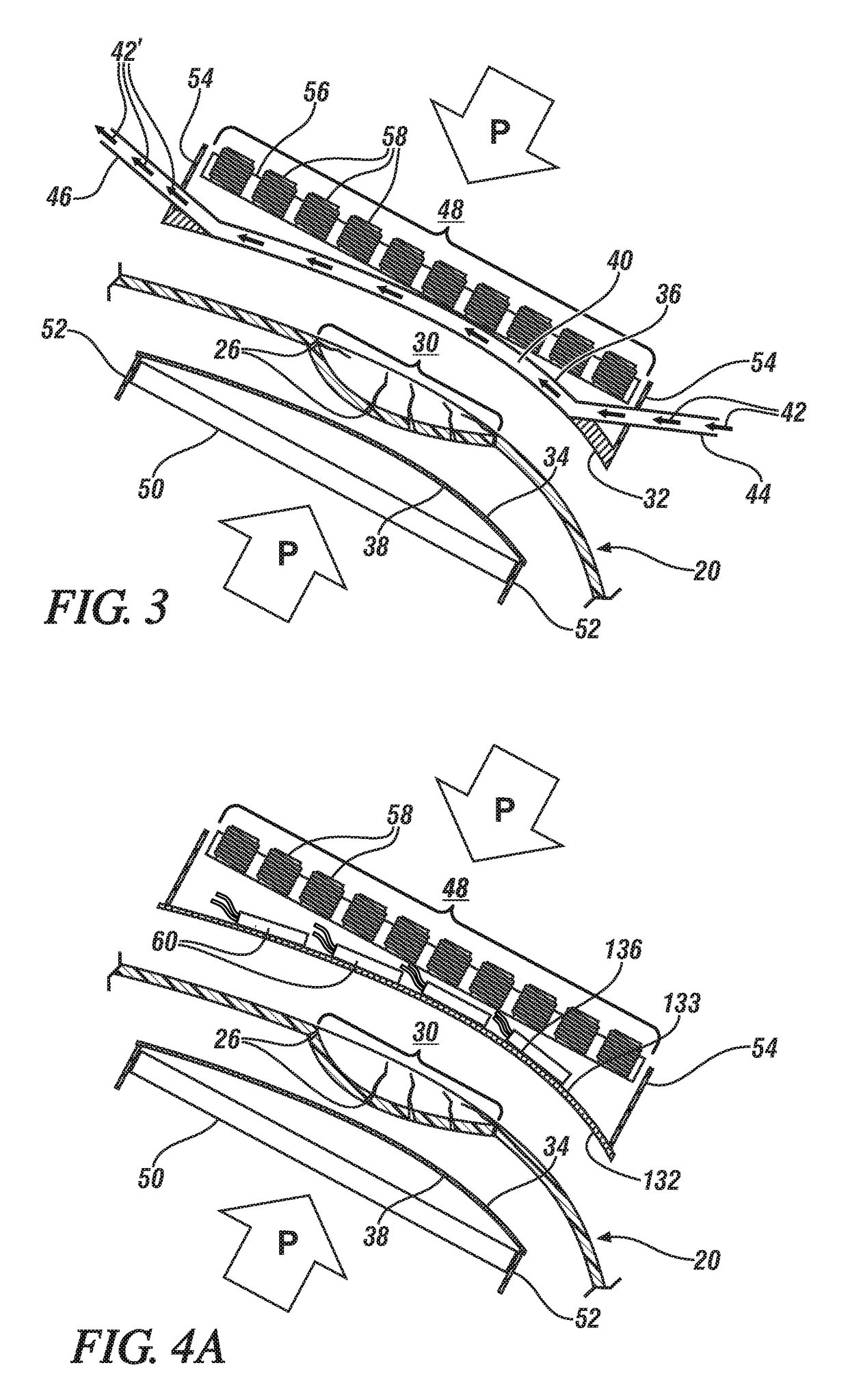Thermoplastic component repair
a technology applied in the field of thermoplastic parts and components repair, can solve the problems of limited damage and parts may sustain damage in manufacture, and achieve the effects of convenient access, flexible and controllable techniques, and easy reconfigurability
- Summary
- Abstract
- Description
- Claims
- Application Information
AI Technical Summary
Benefits of technology
Problems solved by technology
Method used
Image
Examples
Embodiment Construction
[0033]The following description of the embodiment(s) is merely exemplary in nature and is not intended to limit the invention, its application, or uses.
[0034]One ‘lightweighting’ strategy employed by vehicle manufacturers is to replace mass-intensive sheet steel components with lighter weight polymer components, commonly higher strength, fiber reinforced polymer components.
[0035]Initially most such polymer-based components were manufactured of thermosetting polymers, or thermosets, but, increasingly, thermoplastic polymers, or thermoplastics are being used.
[0036]An advantage enjoyed by thermoplastics over thermosets is that thermoplastics, once formed, may be re-heated to about their melting point, softened and remelted and then reshaped by application of pressure. Provided the reheating temperature is controlled and limited to only modestly exceeding the polymer melting point, such reshaping may be performed without appreciably degrading the properties of the polymer. This characte...
PUM
| Property | Measurement | Unit |
|---|---|---|
| thickness | aaaaa | aaaaa |
| pressure | aaaaa | aaaaa |
| pressure | aaaaa | aaaaa |
Abstract
Description
Claims
Application Information
 Login to View More
Login to View More - R&D
- Intellectual Property
- Life Sciences
- Materials
- Tech Scout
- Unparalleled Data Quality
- Higher Quality Content
- 60% Fewer Hallucinations
Browse by: Latest US Patents, China's latest patents, Technical Efficacy Thesaurus, Application Domain, Technology Topic, Popular Technical Reports.
© 2025 PatSnap. All rights reserved.Legal|Privacy policy|Modern Slavery Act Transparency Statement|Sitemap|About US| Contact US: help@patsnap.com



